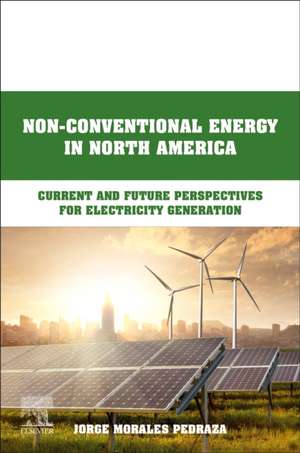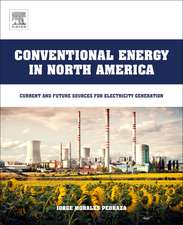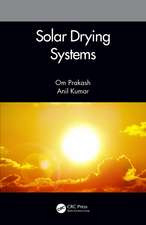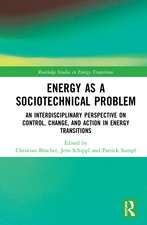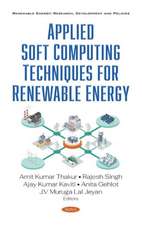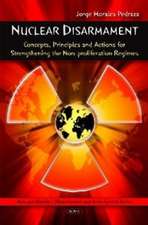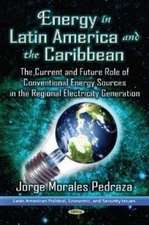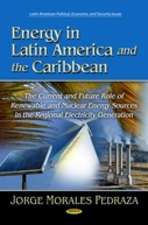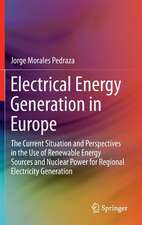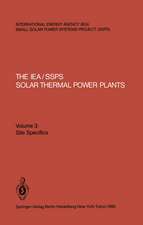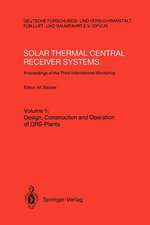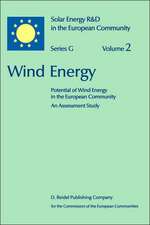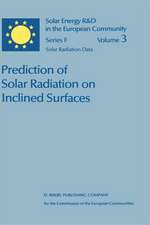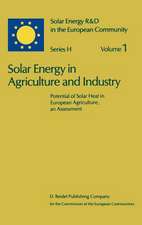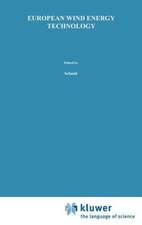Non-Conventional Energy in North America: Current and Future Perspectives for Electricity Generation
Autor Jorge Morales Pedrazaen Limba Engleză Paperback – 24 ian 2022
Readers in government, energy experts, economists, academics and scientists will find this book to be a great reference on which types of power generation they would like to develop in their regions to promote economic and social development. The book will equip readers with the knowledge to make future decisions to diversity the energy mix in their respective regions.
- Includes information on the different types of non-conventional energy sources in the USA and Canada, analyzing their impact on climate and the population
- Presents the pros and cons of each power generation technology, along with public opinion
- Features policy and programs currently in force in the USA and Canada on each type of non-conventional energy source
Preț: 636.07 lei
Preț vechi: 828.46 lei
-23% Nou
Puncte Express: 954
Preț estimativ în valută:
121.73€ • 132.18$ • 102.25£
121.73€ • 132.18$ • 102.25£
Carte tipărită la comandă
Livrare economică 16-30 aprilie
Preluare comenzi: 021 569.72.76
Specificații
ISBN-13: 9780128234402
ISBN-10: 0128234407
Pagini: 474
Ilustrații: Approx. 100 illustrations
Dimensiuni: 191 x 235 x 27 mm
Greutate: 0.77 kg
Editura: ELSEVIER SCIENCE
ISBN-10: 0128234407
Pagini: 474
Ilustrații: Approx. 100 illustrations
Dimensiuni: 191 x 235 x 27 mm
Greutate: 0.77 kg
Editura: ELSEVIER SCIENCE
Public țintă
Primary market/audience (and market size, if known) : Academics and scientific institutions, politicians, government officials, energy experts, economists, international organizations and the private and public power industry.Cuprins
1. General overview
2. The use of hydropower for electricity generation
3. The use of solar energy for electricity generation
4. The use of wind energy for electricity generation
5. The use of geothermal energy for electricity generation
6. The use of biomass for electricity generation
7. The use of nuclear energy for electricity generation
8. The use of hydrogen energy for electricity generation
2. The use of hydropower for electricity generation
3. The use of solar energy for electricity generation
4. The use of wind energy for electricity generation
5. The use of geothermal energy for electricity generation
6. The use of biomass for electricity generation
7. The use of nuclear energy for electricity generation
8. The use of hydrogen energy for electricity generation
